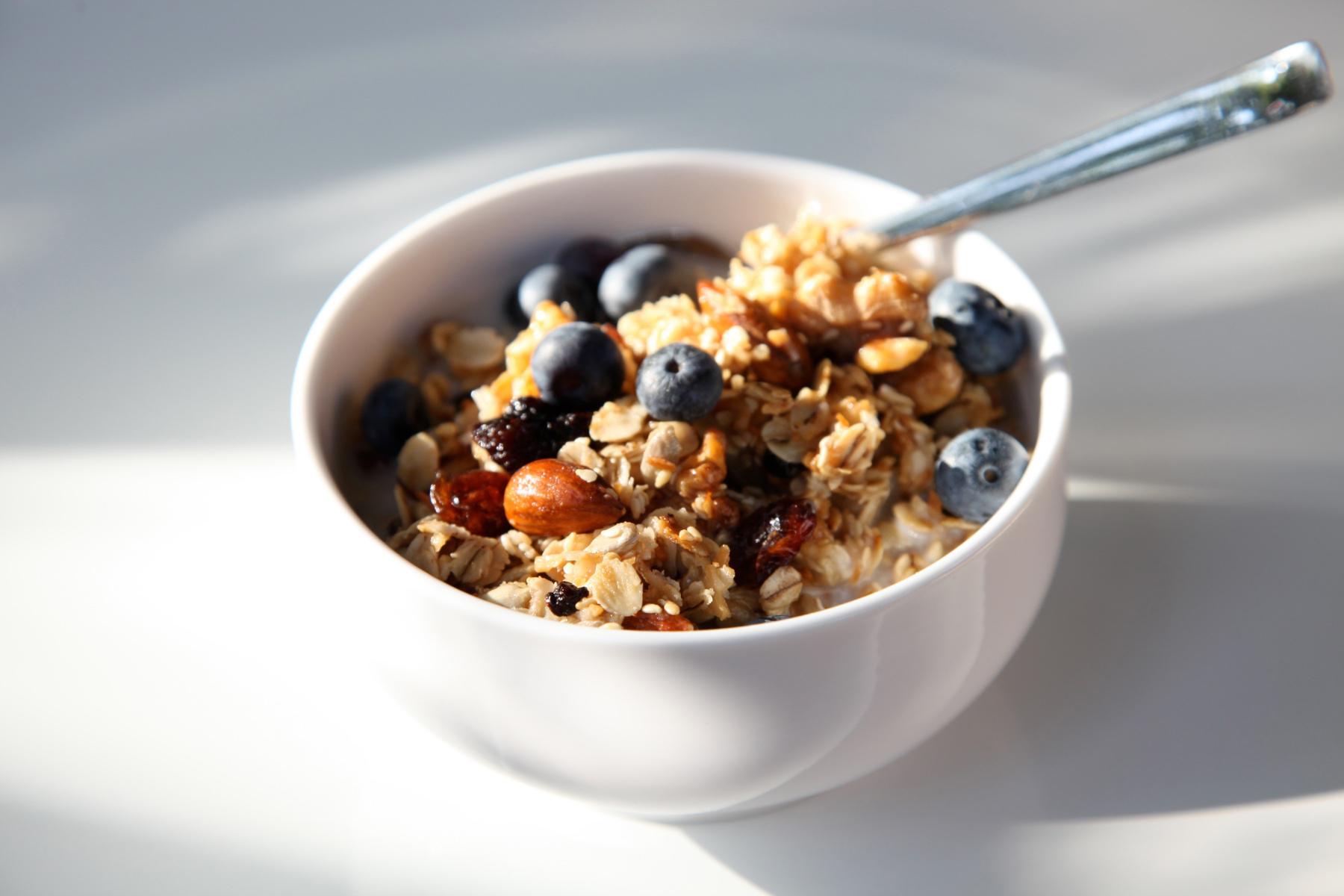A Healing Nutrient Profile: Vitamin D
Mar 2 2021 ・ 6 min read


Vitamin D (calciferol) is a steroid-like vitamin that may act more like a hormone in the body.
Its long-recognized role is to enhance your body’s ability to absorb calcium and phosphorus and use them to strengthen your bones.
But receptors for vitamin D have been found elsewhere in the body, too, including skeletal muscle, prostate, breast, brain, colon, intestine, heart and kidney tissues. It appears to actively inhibit the growth of cells and be protective against prostate cancer and colon cancer, as well as autoimmune diseases such as multiple sclerosis, rheumatoid arthritis and type 1 diabetes. Preliminary evidence suggests it may also play a role in helping to prevent or improve congestive heart failure, hypertension and depression.
How Much Vitamin D Do You Need?
This depends on several factors, including your age, skin color, amount of time spent outside (sun helps your body create vitamin D), the nutrition you get from foods you eat and your health.
If your levels aren’t already low, general recommendations are:
600 IU for those ages one to 70
800 IU for those 71 and older
Unfortunately, many adults are deficient in vitamin D. A blood test can confirm if this is the case for you. If so, your doctor or nutritionist may recommend that you get 1000 IU or more of vitamin D a day, depending on your level of deficiency. It’s safe for most adults to take up to 4000 IU per day, but follow your health care team’s recommendations.
Where Can You Get Vitamin D?
Your diet and sun exposure are the best sources of vitamin D (about 15 minutes each day—without sunscreen—is sufficient; those living in northern latitudes need more). However, food choices are more limited for this nutrient than they are for many others.
Some of our favorite foods that contain substantial amounts of vitamin D:
Catfish (cooked) Serving Size: 3 oz Amount of Vitamin D: 570 IU
Chicken liver Serving Size: 4 oz Amount of Vitamin D: 60 IU
Egg Serving Size: 1 lg (whole) Amount of Vitamin D: 41 IU
Fortified cereal* Serving Size: 3/4-1 cup Amount of Vitamin D: 40 IU
Fortified juice* Serving Size: 8 oz Amount of Vitamin D: 37 IU
Fortified milk* Serving Size: 8 oz Amount of Vitamin D: 115-124 IU
Fortified yogurt* Serving Size: 6 oz Amount of Vitamin D: 80 IU
Pink salmon (canned)* Serving Size: 3 oz Amount of Vitamin D: 465 IU
Salmon (Sockeye, cooked) Serving Size: 4 oz Amount of Vitamin D: 596 IU
Sardines Serving Size: 4 oz Amount of Vitamin D: 219 IU
Tuna (canned) Serving Size: 3 oz Amount of Vitamin D: 154 IU
*Check labels. May vary by brand.
To consider when shopping:
Wild and organically farmed fish have the highest levels of vitamin D. Pasture-raised hens produce eggs that can have four to six times more vitamin D than others.
You can look up the vitamin D content of other foods by referencing the USDA National Nutrient Database for Standard Reference.
Supplements are another option when these aren’t enough. They may contain either cholecalciferol (D3) or ergocalciferol (D2). We recommend the former because it is considered to have a more reliable effect; it’s also the type that occurs in nature.
